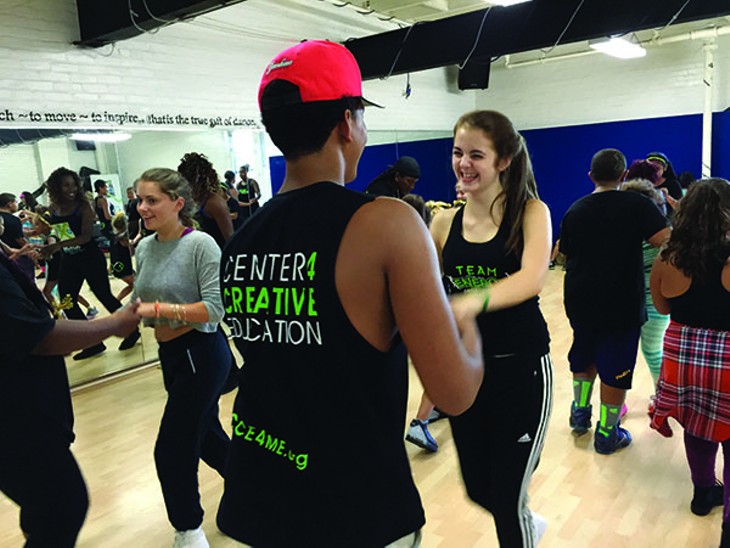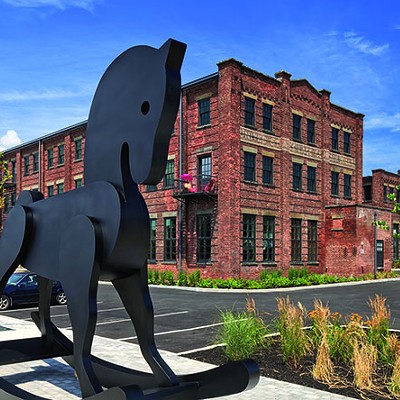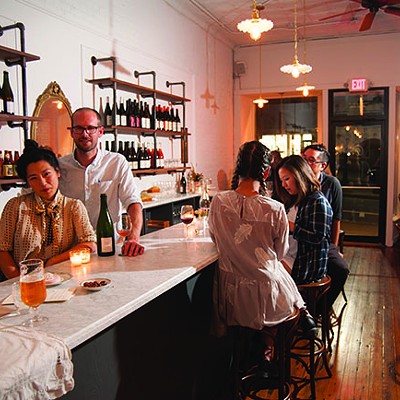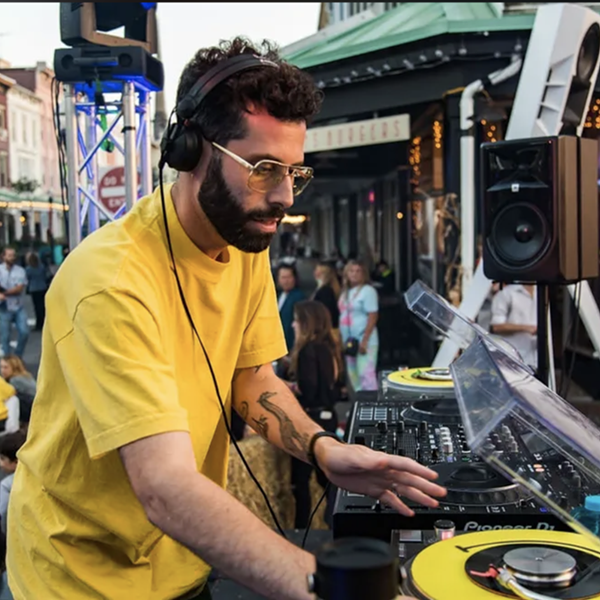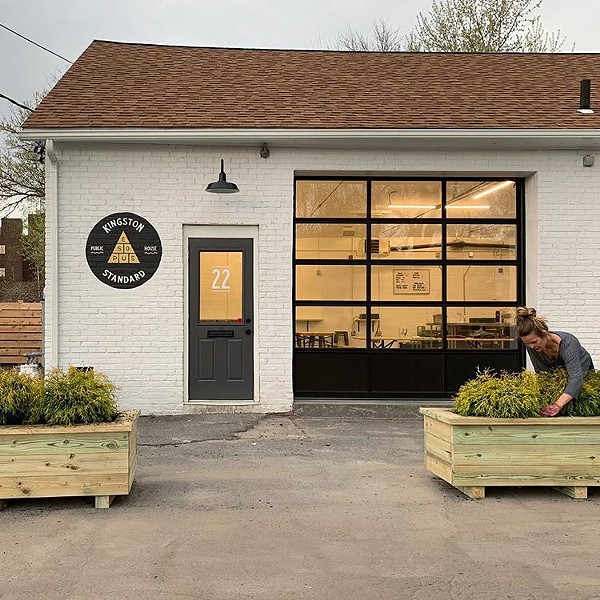This city knows from challenges.
When IBM—aka International Big Mutha or I've Been Moved—pulled the plug on thousands of well-paid jobs in the 1990s, no place was hit harder than Kingston, where the company had funded much of the commerce, built environment, and cultural landscape for 40 years. Some thought it might be the beginning of the end. But two scant decades and a minute later, the city is home to several dozen cutting-edge tech companies.
Midtown, once the commercial center, was hardest hit of all. Textile factories had long since been shuttered by the time IBM fueled a sprawling big-box strip in neighboring Ulster and then vanished. But Midtown hung on; the Ulster Performing Arts Center never left, the Seven21 Media Center grew strong roots at the other end of Broadway, and these days, the vacant factories are artists' studios and apartments.
Back in the 1960s, federal Urban Renewal zealots razed much of the Rondout waterfront. Today that waterfront hosts a maritime museum, a trolley museum, a cultural center, and one of the Hudson Valley's finest live-music-infused riverside pub crawls, to just touch on a couple of highlights. Then there are the galleries and fine shops, the marinas and event spaces, and the waterfront promenade. The Strand sparkles.
Uptown? Uptown is what the British thought they could burn to the ground and put an end to Kingston's pesky rebellious nature back in 1777. Modern-day Kingstonians reenact that debacle every year with great glee; it's an excuse for a citywide theatrical presentation and general wingding, only one of a long list of open-air festivals, block parties, and bashes that regularly bring the citizenry and their guests out to dance and party in the Stockade streets. Like the tech-spertise, that rebel spirit is rooted here to stay.
Things are never dull in Kingston—never have been. Remember, this is where they relocated the capitol of New York State to keep it safe, only to have it get burnt down. Political rivalries occasionally veer into hot messes worthy of a miniseries or reality show. Part of Washington Avenue has been gobbled by an alarmingly persistent sinkhole. There exist several excellent novels that can be classified as Kingston noir fiction, and no longtime resident would find the dastardly doings depicted to be much of a stretch. Some crazy shit has happened here, probably always will.
New proposals, brought forward with enormous energy, are met with a mix of joy, principled critique, and downright grouchiness. It's partly this very edge, this clamorous cacophony, that makes the place inspiring and invigorating. Ideas battle their way into acceptance and grow strong and gorgeous in the process. For every Kingston success story, two also-ran ideas have long since faded into obscurity. People regroup, rethink, refine, and rename things, and by the time the dreams—dozens of them—become realities, they're stunners.
Uptown, for example, has seen years of squabbles over parking, over business hours, over the "Pike Plan" awnings that are, depending on who one asks, the ruination of historic facades or a visionary approach to letting people shop without getting rained on. Through it all, the wise and the talented, the grounded dreamers of big dreams have persisted. Standout retail has come and some has gone. The strongest—places like Bop to Tottom, Columbia Costume, Tonner Doll Company, and Catskill Art Supply—thrive and attract equally singular ventures: new retail rockstars like Jay Teske Leather, hip accounting and computer wizardry, live entertainment (in a centuries-old church, at a repurposed Vaudeville venue, on the lawn of the uber-historic Senate House, and in the very streets themselves), and an array of restaurants that could make a foodie weep tears of joy.
Uptown's Stockade, some of the first-settled and most hotly contested real estate in written North American history, is curated by passionate historians who'll give you a time-machine walking tour. Repurposed and refreshed architectural gems like the Kirkland Hotel and the Opera House anchor a landscape speckled with arresting public art and sometimes with art that gets people arrested.
Midtown began its existence as a simple connecting road from the waterfront to the Stockade, fleshed out with utilitarian features like a high school and hospital. As noted, Midtown has struggled. Nowadays, anyone who ignores Midtown is missing out on free live music at places like The Anchor and Keegan Ales, home of some of the Hudson Valley's first and finest craft brews. The STRIVE (Strategic Taxpayer Relief through Innovative Visions in Education) Project has brought Midtown its own SUNY Ulster campus in a repurposed elementary school. At Broadway's uptown end, Seven21 media offers state-of-the-art production studios and office suites to twenty fulltime clients and whoever else needs to, say, use a green screen or animate something. At the downtown end, UPAC is presenting Chaka Kahn next month.
One after another, former factories have been repurposed into housing and studio space. The most recent to host a ribbon cutting, the rescued Lace Mill, will fill 55 units with working artists. In the works right now is a collaboration between the Center for Creative Education and RUPCO on something they're calling the Energy E2 Squared, a mixed-use project on the site of a former bowling alley. In addition to providing a home base for CCE, the project would create a home base for the Hudson Valley Tech Meet-Up, Ulster County Community Action. Sixty rental units are planned. as well as a rooftop garden, a sky deck, and net-zero energy usage thanks to solar and geothermal tech.
Down on the waterfront, the iconic Hudson River Sloop Clearwater now makes its winter home at the Hudson River Maritime Museum, and a boat building school is being created in a former restaurant/bar. Mind you, it's not that there aren't already a few boats around: You can cruise aboard the Rip Van Winkle, charter the Blue Dolphin or the Teal or a sailboat, hop aboard a water taxi to Rhinecliff, or rent yourself a kayak. And it's not like anyone's trying to cut down the night life, what with Mariner's Harbor, Savona's, Ole Savannah, the new Brunette Wine Bar, and Dermott Mahoney's going strong. The boat-building school is happening because someone who wants to stay anonymous thought it an excellent idea and donated over half a million dollars to make it happen, which is as much a Kingston sort of occurrence as the getting-burnt-down and street-swallowing sinkholes and such.
Everywhere you look, Kingston is alive—one might even say on fire—with innovation. An upscale food mart is taking over the former Woolworths, and indefatigable opera impresario Kerry Henderson has announced a new Kingston Arts Festival slated for 2016.
None of this has happened overnight. Newcomers and first-time visitors may not realize how much is due to the old guard that have been around at least a couple of decades: not-for-profits like RUPCO and Family of Woodstock and the Art Society of Kingston. Eateries like Le Canard Enchaine and Ship to Shore. There are hosts of good people who've never stopped scheming and believing there is something special in the air—the sweet chill that runs down your spine when the chimes of the Old Dutch Church ring out on a golden autumn day and you have time to wander and chat and partake.
This city knows from excellence. Enjoy.
Ten Things to Know About KingstonAttacking Kingston was intended by General Vaughn to be a huge win for the Brits, but Kingstonians had rounded up the cattle, stowed the silverware, relocated the crucial paperwork and sent the vulnerable folks off to Hurley in advance. You're invited to the biennial celebration of this Art of War-worthy maneuver the weekend of October 16-18; reenactments include a Patriot meeting, the landing of the British troops, and an battle; there's also a costume ball. Visitors are encouraged to get into the spirit; dress Colonial, and you'll get discounts at Uptown stores and eateries.
Where those Brits landed, Kingston Point, is now a park with a splendid beach, a great place to picnic and birdwatch or drop in a kayak.
While you're exploring Kingston Point Beach, you'll see river-smoothed chunks of brick mixed with the sand. The brick-making industry was one of several that drove the economy of Rondout, the tough little port that had a life of its own quite distinct from the relative gentility of the Stockade. The villages of Rondout and Kingston didn't officially merge until 1872.
The first Saturday of each month, Kingston's art galleries celebrate the visual arts with openings, performances, and special events. You can find out more from the Art Society of Kingston, located downtown at 97 Broadway.
Throughout October, you can also enjoy ASK's Sculpture Biennial. Major outdoor works are on display throughout the Rondout and Midtown areas.
In 2005, the Sculpture Biennial caused something of a fracas when an artist installed a sculpted horse emblazoned all over with the Ten Commandments on the courthouse lawn, triggering a debate over the separation clause—and triggering all manner of bad jokes. The horse, created by Tivoli sculptor Rita Dee, was named Atticus after Atticus Finch.
One artwork that remains in front of the courthouse: a monument to Sojourner Truth. Isabella Baumfree, as she was then called, walked to Kingston to see if she could get her son back after he was illegally sold into slavery. A friend had told her to seek the grand jury; in her reminiscences, she says that she searched the courthouse till she found some folks who looked grand. She found a hearing and won her case. Touch her monument for luck as you walk by.
No structure in the uptown historic district is allowed to be taller than the spire of the Old Dutch Church on Wall Street. Franklin Delano Roosevelt and Norman Vincent Peale are among the thousands who have been made welcome within the towering stones of the current edifice, built in the style of Sir Christopher Wren. The congregation was ardently abolitionist ardent abolitionists, and quickly raised a regiment of its own to fight in the Civil War. And today, the church opens its vast archives to historians and its sanctuary to artists, entertainers and community groups.
The Ulster County Office Building on Fair Street, built in 1964, was designed by architects Augustus Schrowang, Jr. and Sr., an adaptation of something that Junior had developed for an undergrad assignment at Pratt University. Locals call it the Glass Menagerie. IBM helped fund construction, one of dozens of ways the company shaped the landscape.
Standing on the corner of Crown and John Streets in the Stockade, you're on the only corner in North America anchored on all four sides by original Colonial-era stone buildings. (Stone doesn't burn well.) To get inside a surviving stone structure and spend some time, you can have a drink or dinner at the Hoffman House.








